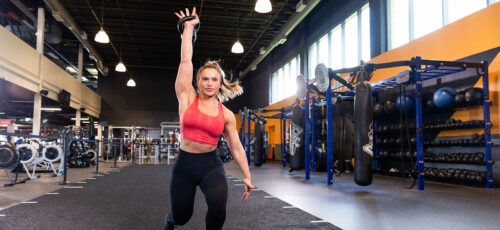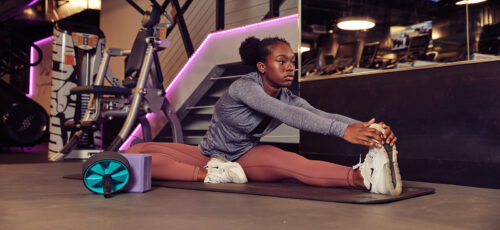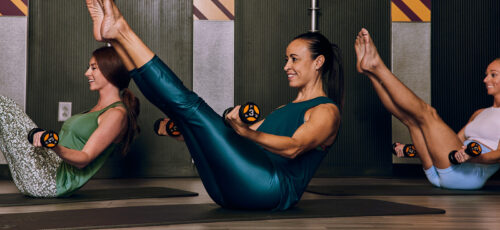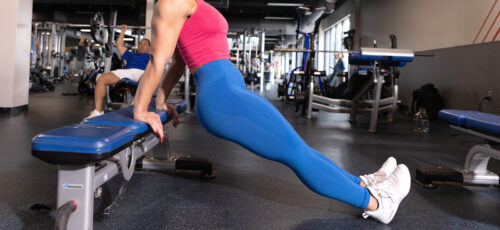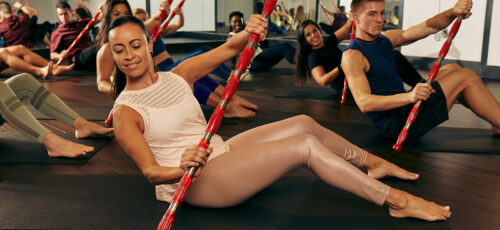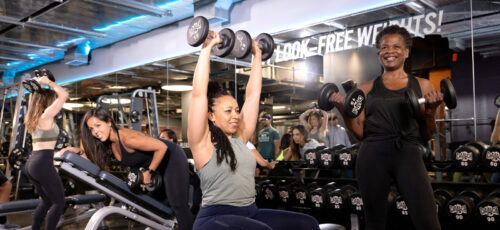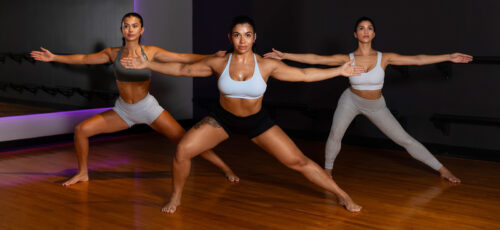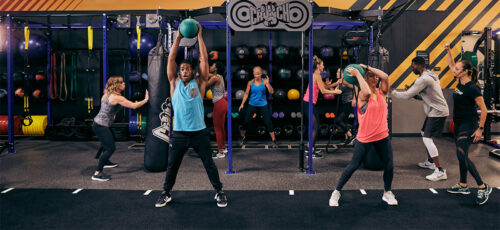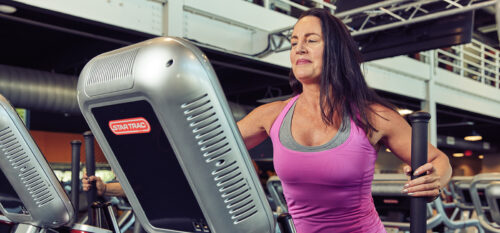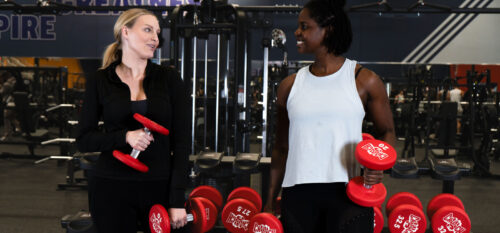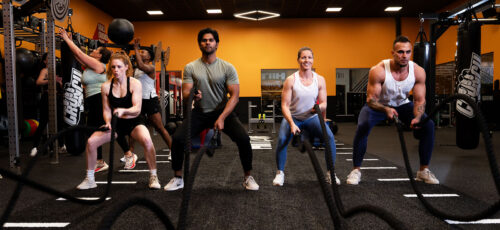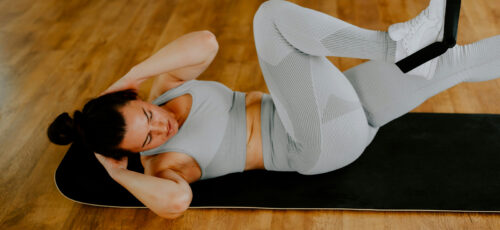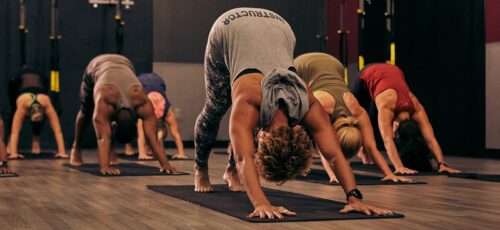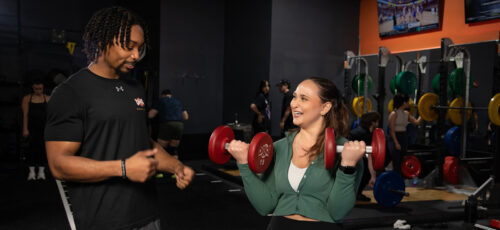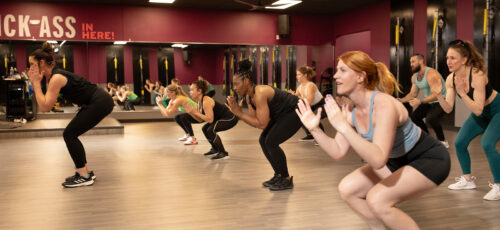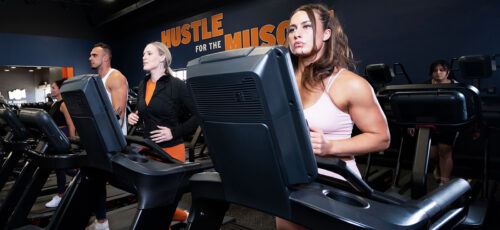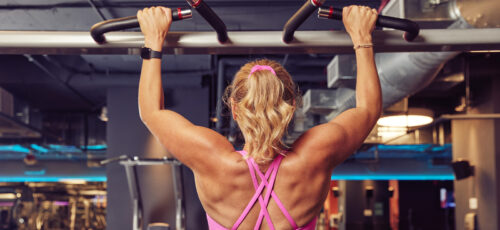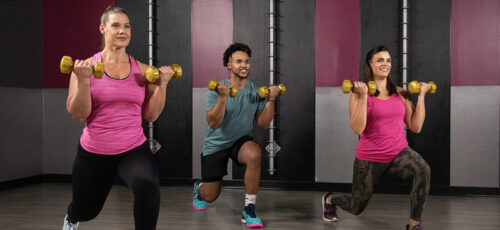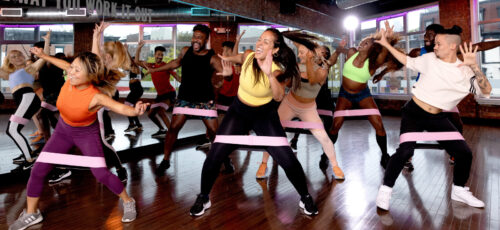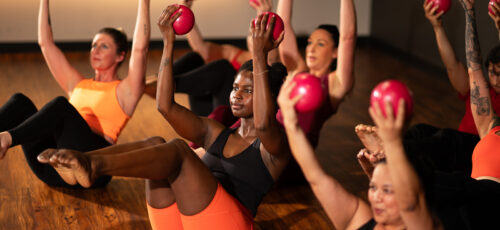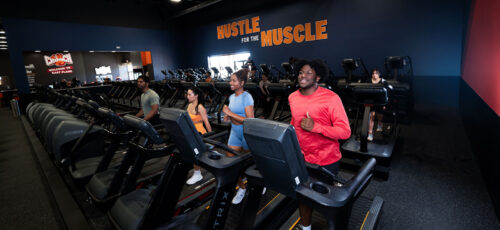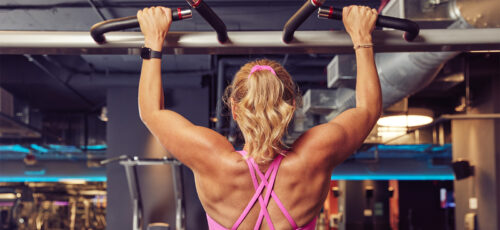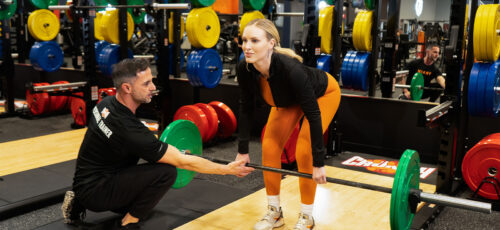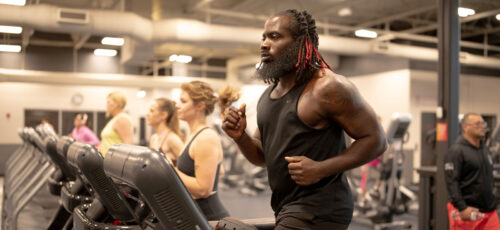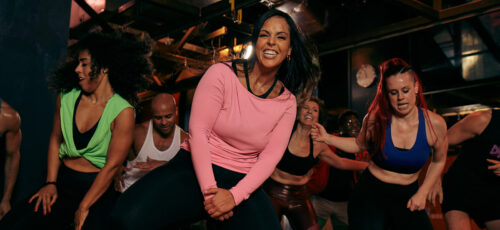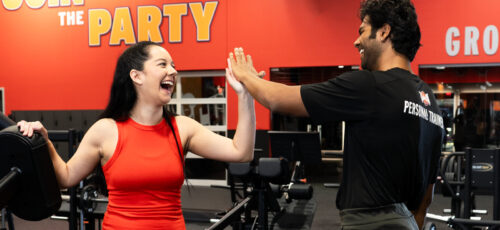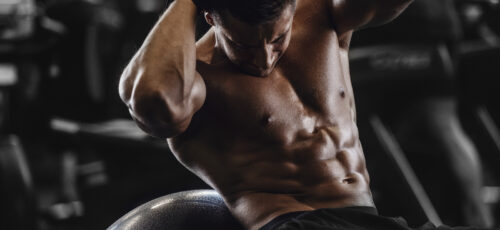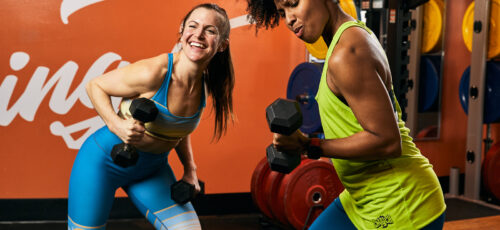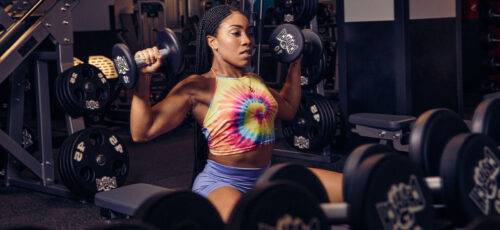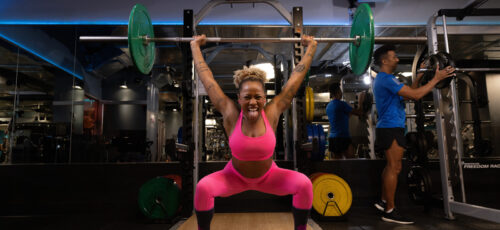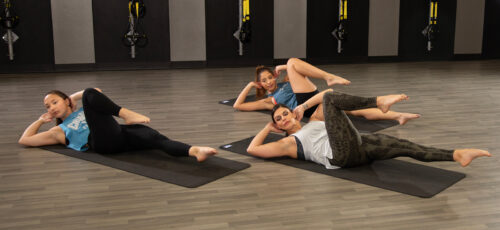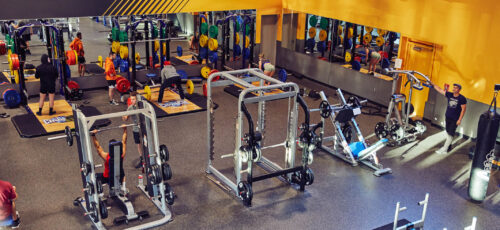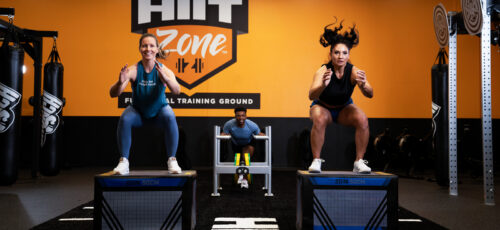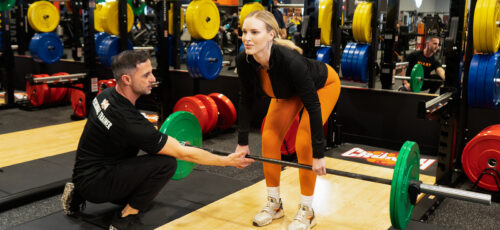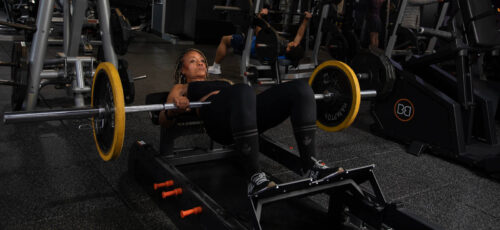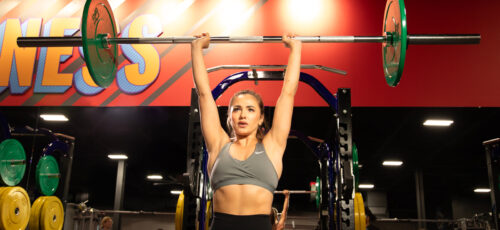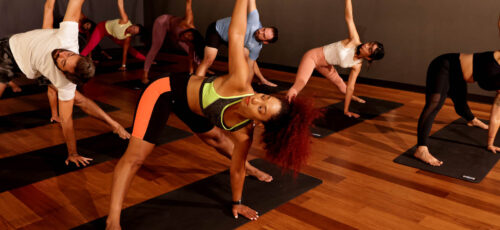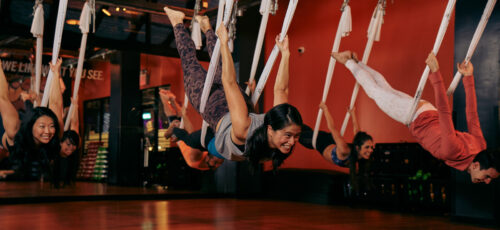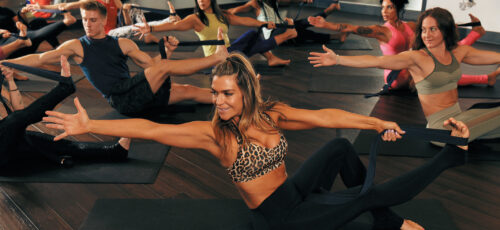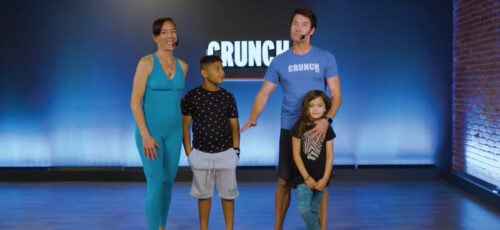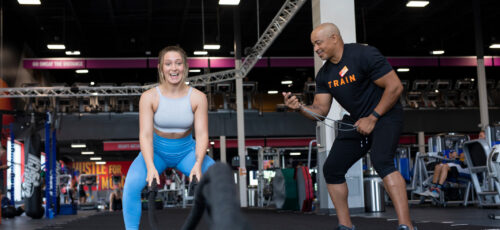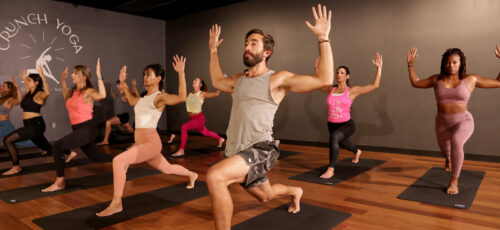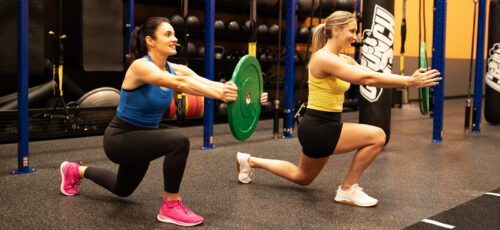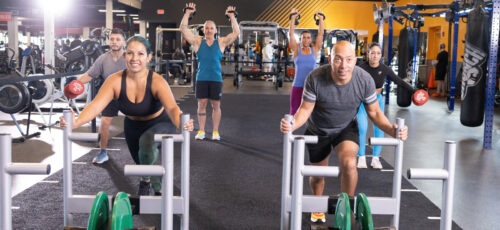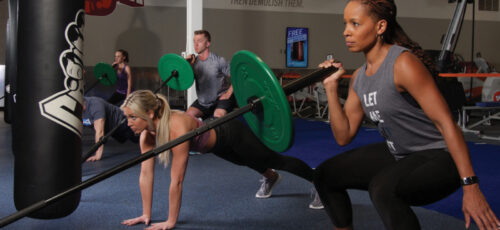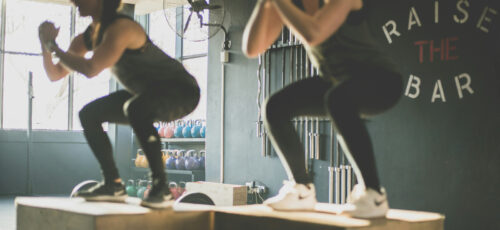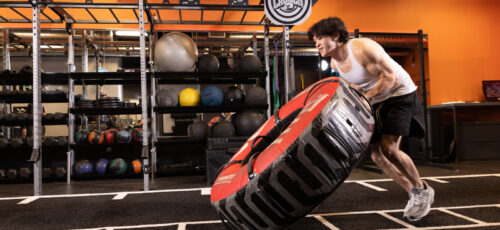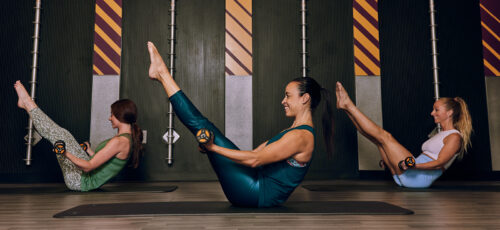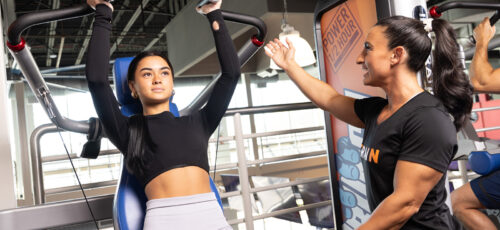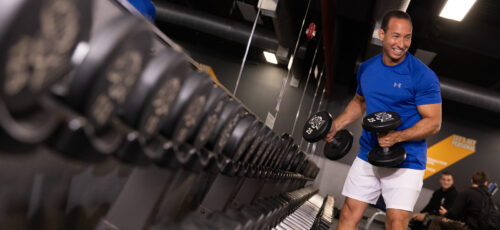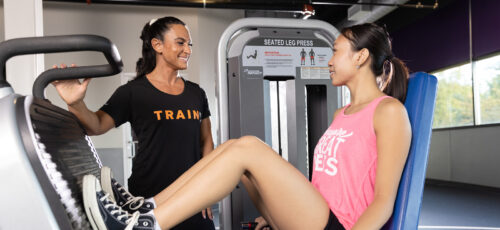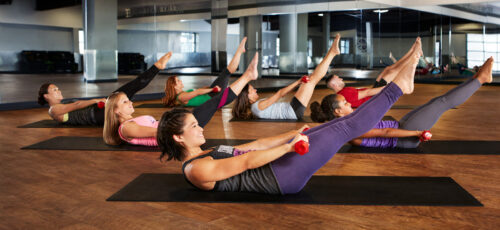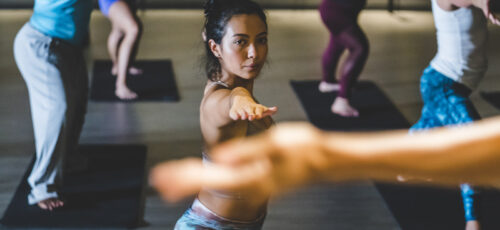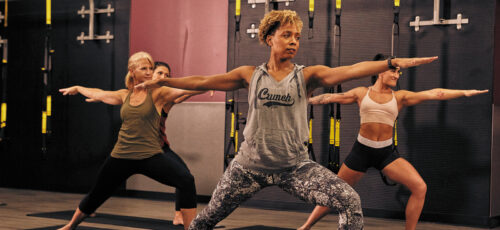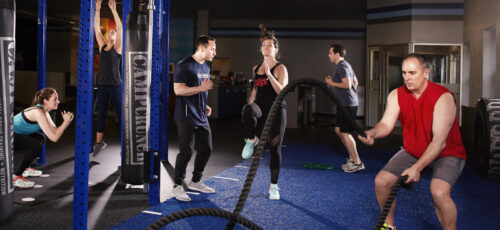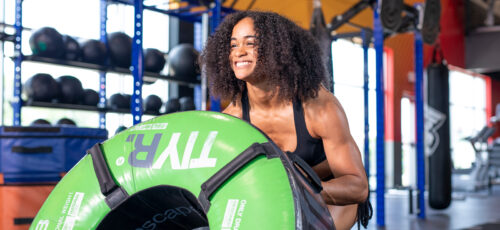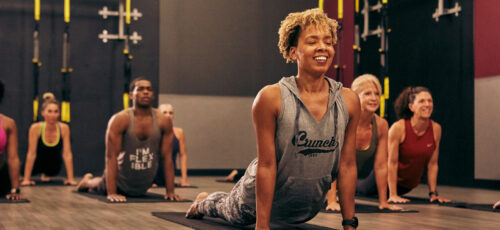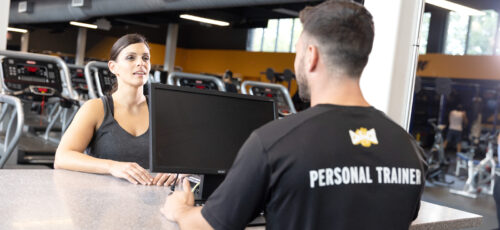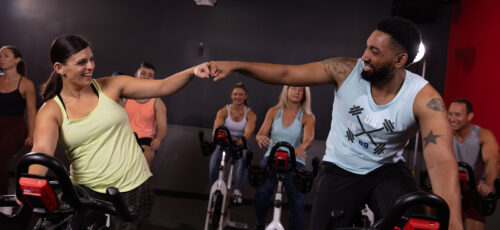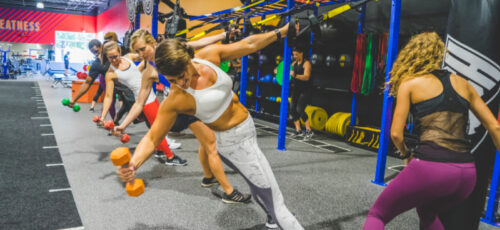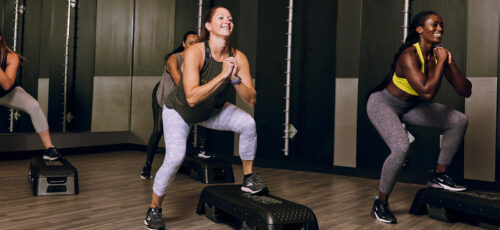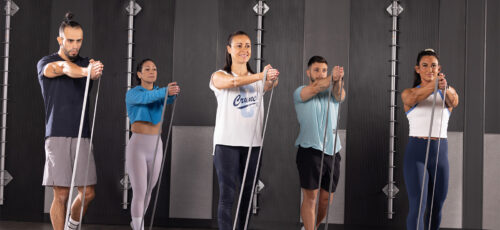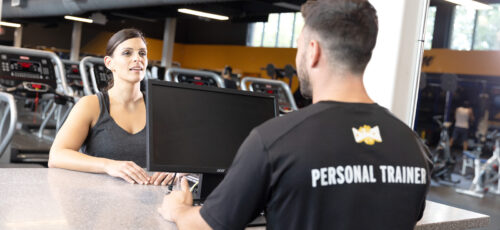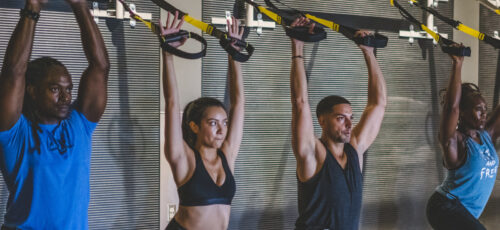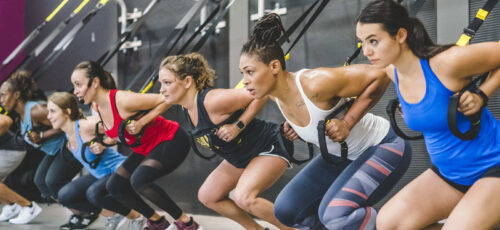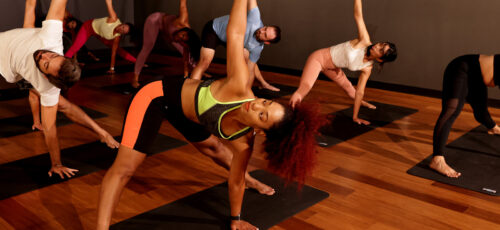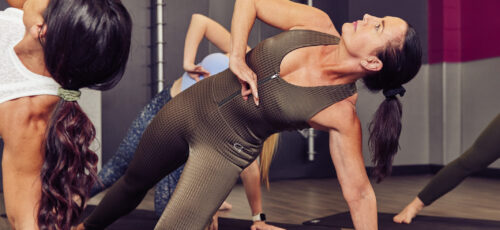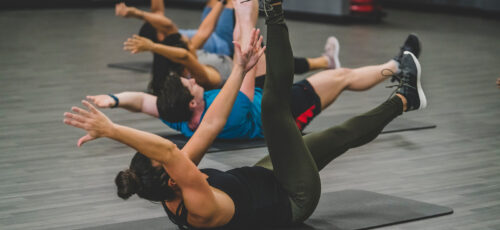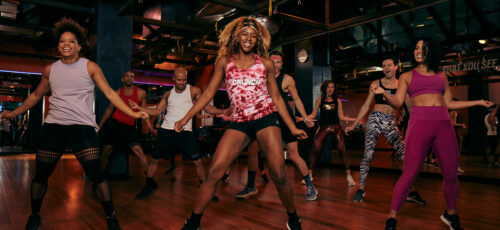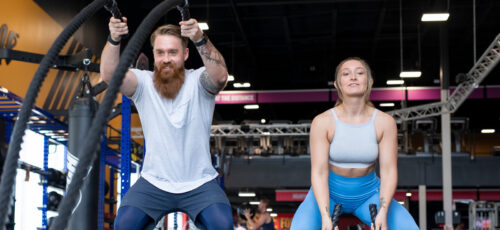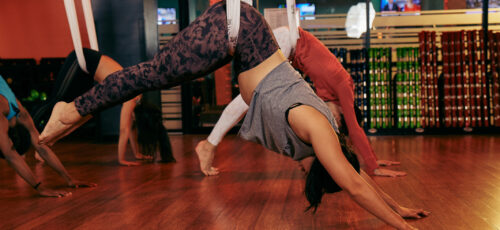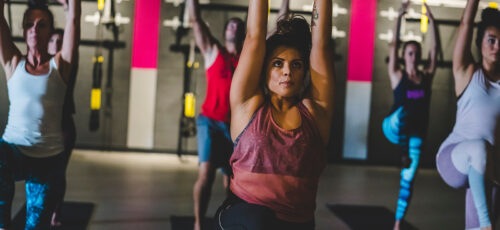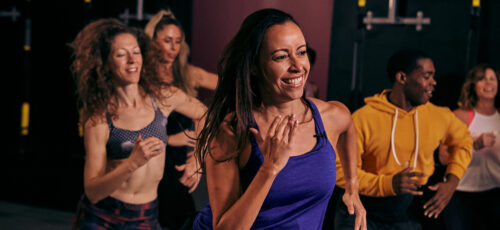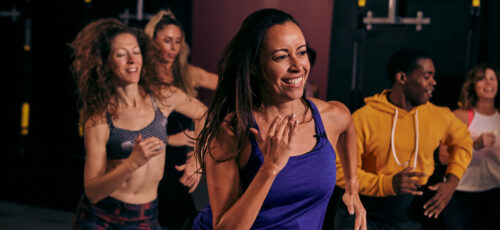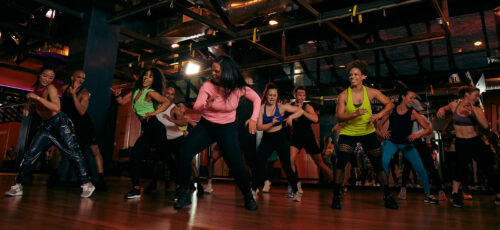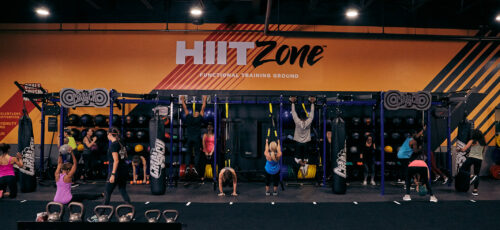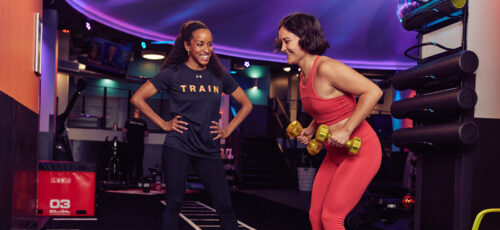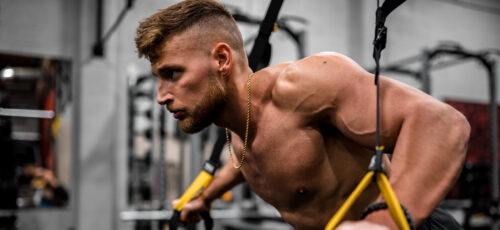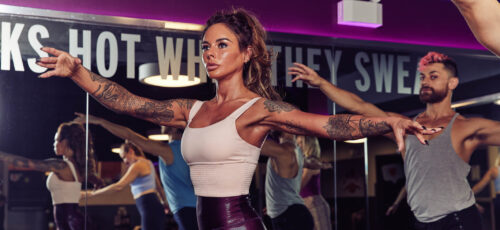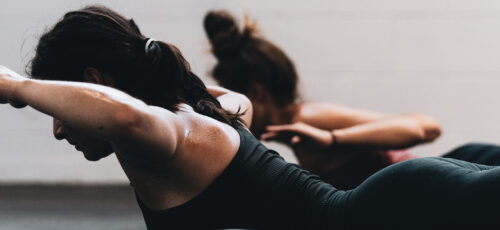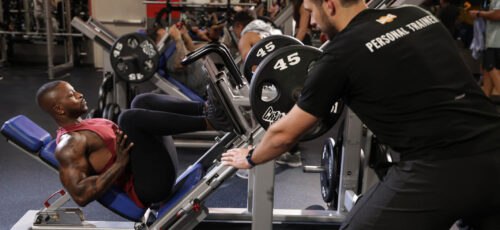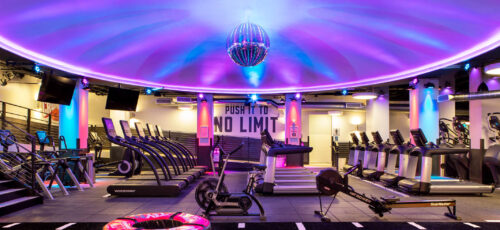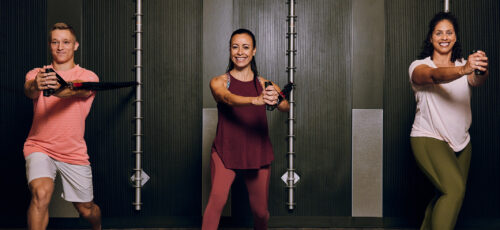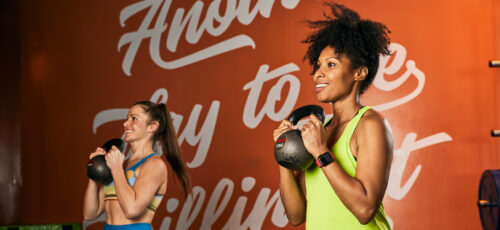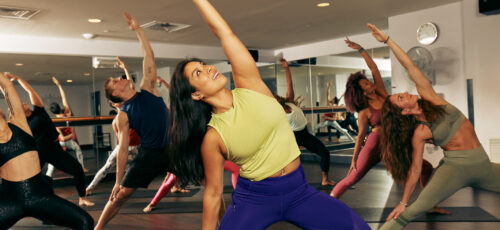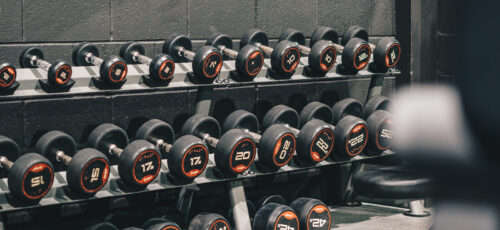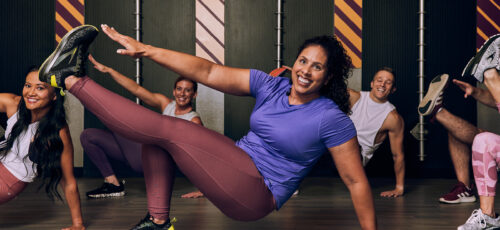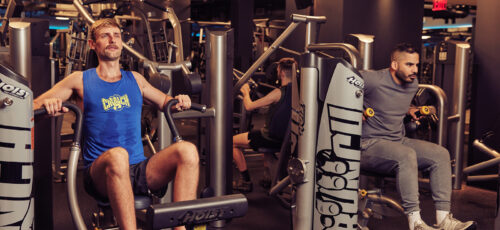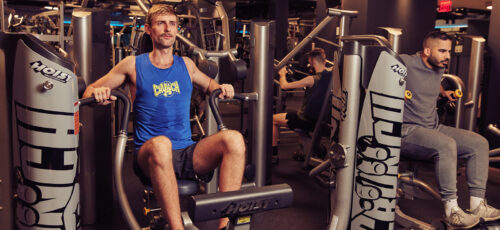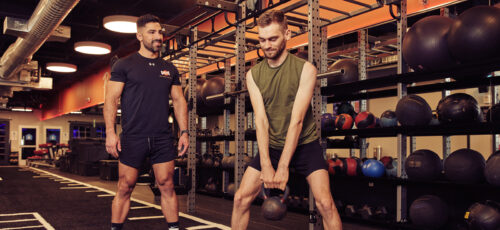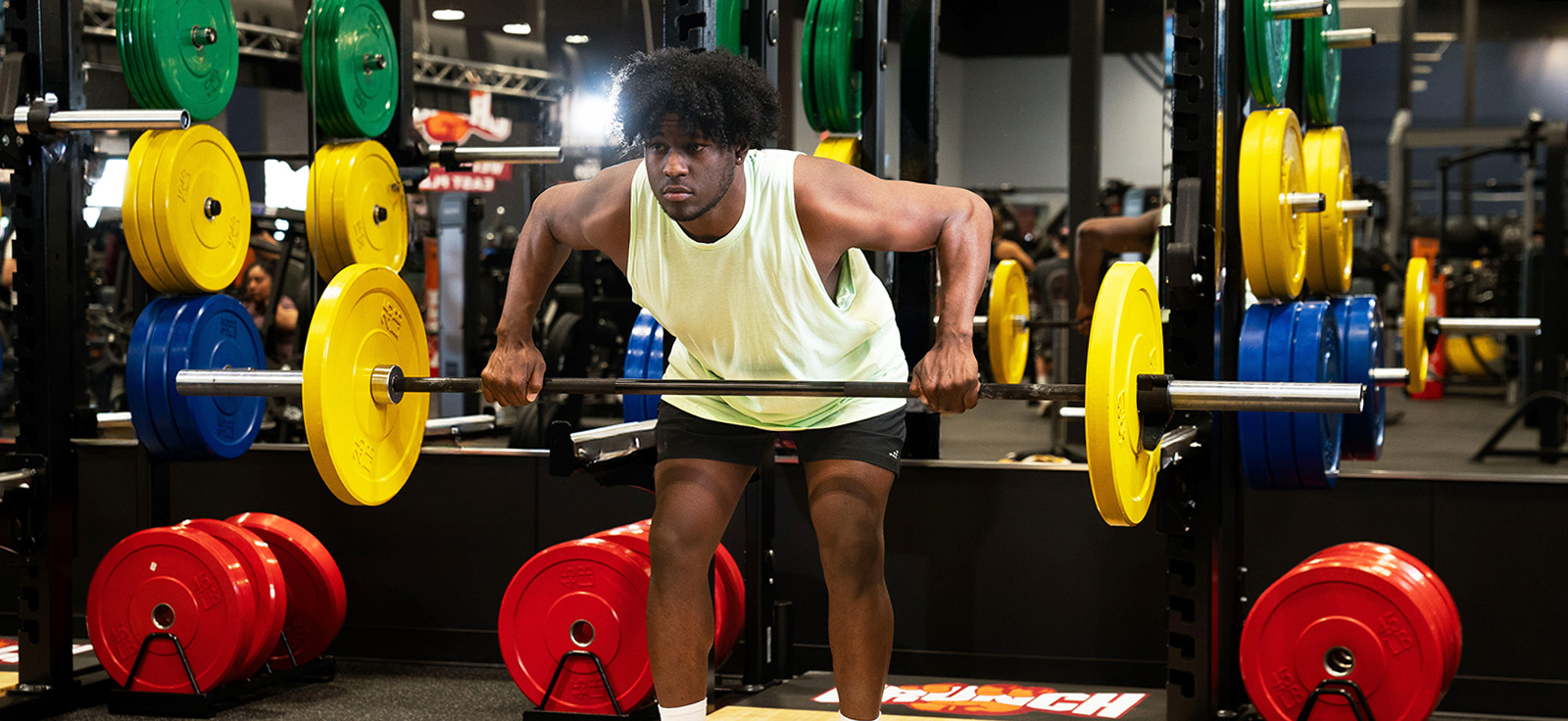
If you’re short on time but still want a workout that truly delivers, a full body strength routine might be your new best friend.
Instead of splitting your sessions into separate “leg day” or “upper body” workouts, this approach targets multiple muscle groups in one go, helping you build muscle, lose fat, and boost energy all in a single session. Think of it as the ultimate workout plan for your entire body.
Picture this: one day you’re crushing squats and walking lunges for your lower body, the next you’re hitting a barbell bench press or shoulder press for powerful upper body strength.
Add in compound exercises like a dumbbell deadlift or core-tight planks, and you’ve got a balanced routine that improves strength and supports cardiovascular health. Whether you want to gain lean muscle, shed body fat, or simply stay at a healthy weight, a full body workout plan covers it all.
In this article, we’ll explain everything you need to know: the benefits of full-body training, beginner-friendly routines, advanced options for seasoned lifters, and even tips on whether you should train your body every day.
We’ll also highlight the best full-body exercises, from chest presses to standing calf raises, so you can exercise correctly, keep your core engaged, and absolutely build muscle with confidence.
Ready to find the most effective body workout plan? Let’s dive into your new full-body program.
The Full Body Workout, Explained
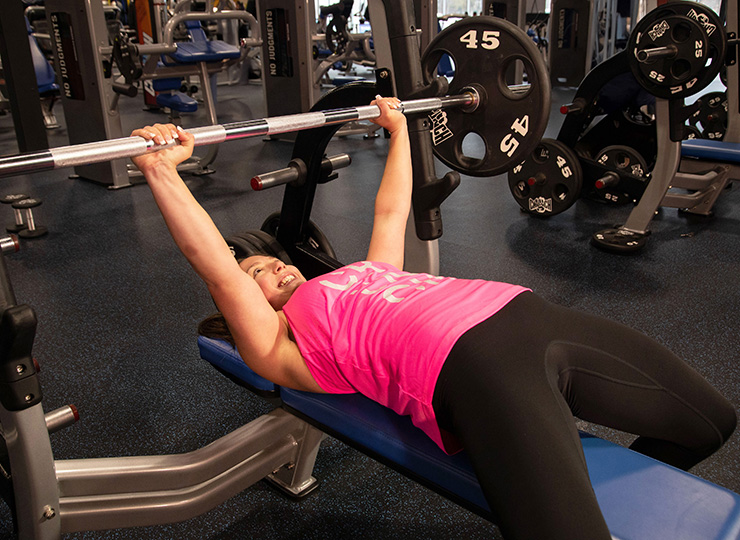
You’ve probably heard the term full body workout thrown around in the gym or online, but what does it really mean? Simply put, a full-body strength workout trains all your major muscle groups in a single session.
That means instead of isolating just your arms or just your core, you’re targeting your chest, back, shoulders, glutes, legs, and core in one dynamic routine.
For example, an arms-and-shoulders class or a core-strength circuit is great for building upper-body strength or tightening your midsection, but it doesn’t qualify as a full-body routine.
A true full-body program combines movements that hit multiple muscle groups at once, like squats, deadlifts, chest presses, rows, and overhead presses. Add in core exercises and you’ve got a complete session that challenges your body.
Body Split vs. Full Body Workout
So, how is this different from split training? With a split body workout plan, you dedicate specific days to specific muscle groups: chest on Monday, back on Tuesday, legs on Wednesday, and so on.
The benefit is focus: shorter workouts, high intensity, and variety within a single muscle group (think biceps curls followed by hammer curls). But the drawback? Miss a day, and you might go weeks without training that muscle group again.
A full-body routine, on the other hand, spreads the love. Even if you only make it to the gym twice a week, you’re still covering every major muscle group. Plus, these workouts tend to raise your heart rate more, giving you a little cardiovascular boost while you build muscle.
The trade-off? They can be longer and leave you feeling sore if you’re not used to working your body in one session.
The Best Full-Body Exercises
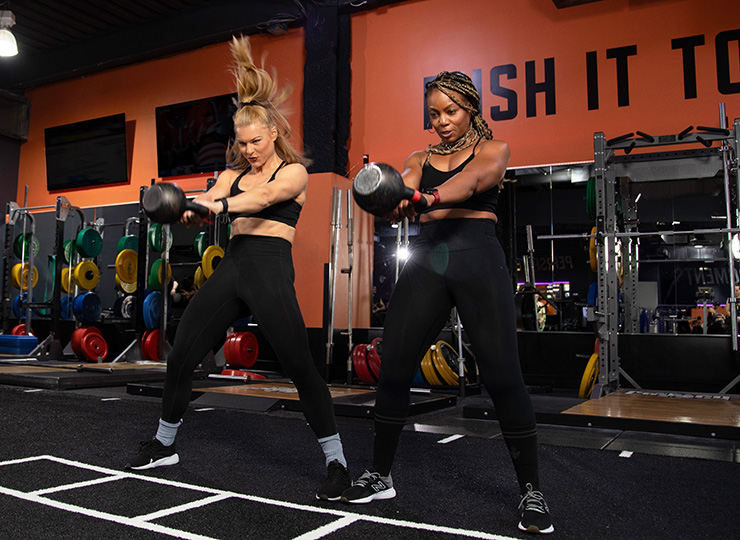
The secret to an effective routine is focusing on compound exercises, movements that work multiple muscles at once. These help you build muscle, save time, and keep your workouts efficient.
Below are some of the best full-body exercises and how to perform them correctly.
- Devil’s Press: Start in a push-up position, holding dumbbells. Perform a push-up, jump your feet toward your chest, then explode upward, swinging the dumbbells overhead in one smooth motion. This move targets your chest, shoulders, legs, and core.
- Deadlifts: Stand with feet shoulder-width apart, barbell on the floor. Squat down, grip the bar, and keep your chest up. Drive through your heels to lift until standing tall. Deadlifts train your back, glutes, hamstrings, and grip.
- Kettlebell Swings: Place the kettlebell in front of you, hinge at the hips, and swing it between your legs. Snap your hips forward to drive the weight to shoulder height. This develops hip power, core strength, and cardiovascular endurance.
- Dumbbell Thrusters: Hold dumbbells at shoulder height, squat down, then drive through your legs as you press the dumbbells overhead. A killer move for your legs, shoulders, and core stability.
- Burpees: From standing, squat down, kick your feet back into a push-up position, return to squat, then jump explosively. Great for conditioning and full-body strength.
- Renegade Rows: In a plank position with dumbbells, row one dumbbell to your waist while keeping your core tight, then switch sides. Works your back, arms, and abs simultaneously.
Adding these compound movements to your workout routine ensures you challenge your entire body, improve strength, and torch calories.
Beginner’s Full Body Workout Plan

Starting your fitness journey can feel intimidating, but the right workout routine makes it much easier, and even exciting. The good news? As a beginner, your body responds quickly to training.
Almost any structured exercise will help you build muscle, increase strength, and boost confidence. The key is to progress gradually, focus on proper form, and avoid overexertion, which can lead to injury or burnout.
This beginner-friendly full-body workout routine is designed for three gym sessions per week. Each day targets all the major muscle groups (legs, chest, back, shoulders, arms, calves, and core) so you’ll see balanced development while learning the basics.
Take 90–180 seconds of rest for main lifts like squats and deadlifts, and 60–90 seconds for accessory moves. Choose a weight that challenges you but still allows 2 clean reps left “in the tank.”
Day 1: Full Body
- Squats – 3 sets of 5 reps
- Bench Press – 3 sets of 5 reps
- Cable Rows – 3 sets of 6–8 reps
- Dumbbell Shoulder Press – 3 sets 6–8 reps
- Triceps Pushdowns – 3 sets 8–10 reps
- Lateral Raises – 3 sets 10–12 reps
- Seated Calf Raises – 3 sets of 10–12 reps
- Planks – 3 sets of 30-second holds
Day 2: Full Body
- Deadlifts – 3 sets of 5 reps
- Pull-ups or Lat Pulldowns – 3 sets of 6–8 reps
- Incline Press – 3 sets of 6–8 reps
- Machine Shoulder Press – 3 sets of 6–8 reps
- Biceps Curls – 3 sets of 8–10 reps
- Reverse Fly – 3 sets of 10–12 reps
- Standing Calf Raises – 3 sets of 10–12 reps
Day 3: Full Body
- Leg Press – 3 sets of 5 reps
- T-Bar Rows – 3 sets of 6–8 reps
- Chest Fly – 3 sets of 6–8 reps
- One-Arm Dumbbell Press – 3 sets of 6–8 reps
- Triceps Extensions – 3 sets of 8–10 reps
- Front Raises – 3 sets of 10–12 reps
- Decline Crunches – 3 sets of 10–12 reps
Stick with this full-body workout plan for 6–12 months, adding reps or weight as you progress. Consistency will help you build strength, improve form, and develop a solid fitness foundation.
Intermediate Full Body Workout Program
After several consistent months in the gym, it’s time to level up. Once you’ve mastered the basics and built a solid foundation with a beginner full-body workout routine, you’re ready for more volume, intensity, and variety.
This intermediate program introduces a four-day split body workout plan, giving you enough stimulus for continued muscle growth while keeping training fresh and engaging.
At this stage, your exercise technique should be solid, and you’ll be able to handle heavier weights safely. The goal here is progressive overload, adding more weight, sets, or reps over time to keep your body adapting.
This program balances upper body and lower body days, ensuring every major muscle group gets trained twice weekly. Rest for 90–180 seconds on heavy lifts like squats and deadlifts, and 60–90 seconds on accessory movements.
Day 1: Upper Body
- Bench Press – 4×6–8
- Barbell Rows – 3×6–8
- Dumbbell Shoulder Press – 3×8–10
- Dips – 3×8–10
- Pull-ups/Lat Pulldowns – 3×8–10
- Dumbbell Triceps Extensions – 3×10–12
- Incline Dumbbell Curls – 3×10–12
Day 2: Lower Body
- Squats – 4×6–8
- Leg Press – 3×8–10
- Leg Extensions – 3×10–12
- Walking Lunges – 3×10–12
- Calf Press (Leg Press Machine) – 4×12–15
- Decline Crunches – 4×12–15
Day 3: Upper Body
- Overhead Press – 4×6–8
- Incline Dumbbell Press – 3×8–10
- One-Arm Cable Rows – 3×10–12
- Lateral Raises – 3×10–12
- Face Pulls – 3×10–12
- Dumbbell Shrugs – 3×10–12
- Overhead Triceps Extensions – 3×10–12
- Preacher Curls – 3×12–15
Day 4: Lower Body
- Deadlifts – 4×6
- Hip Thrusts – 3×8–10
- Romanian Deadlifts – 3×10–12
- Leg Curls – 3×10–12
- Seated Calf Raises – 4×12–15
- Roman Chair Leg Raises – 4×12–15
This intermediate workout plan can be followed for years with small exercise swaps to avoid plateaus. Remember, soreness isn’t the only sign of progress; consistency and progression are what build muscle.
Advanced Full Body Workout Routine
Suppose you’ve been training consistently for 2+ years and are ready to push your limits. In that case, this advanced workout program is designed to maximize strength and hypertrophy.
At this stage, muscle gains don’t come as quickly as they did in your beginner or intermediate phase. However, with the right strategy, you can still build muscle and refine your physique.
This program runs six days per week, following a pull–push–legs split. Each muscle group is trained twice weekly with higher volume, added intensity, and strategic supersets to keep your muscle growth progressing. Rest 90–180 seconds for heavy compound lifts and 60–90 seconds for accessory work. To boost intensity, go to failure on your last set of key movements.
Pull A
- Deadlift – 5×5
- Pull-ups/Lat Pulldowns – 3×10–12
- T-Bar Rows or Cable Rows – 3×10–12
- Face Pulls – 4×12–15
- Hammer Curls + Dumbbell Shrugs (Superset) – 4×10–12
- Cable Curls – 4×10–12
Push A
- Bench Press – 5×5
- Dumbbell Shoulder Press – 3×6–8
- Incline Dumbbell Press – 3×10–12
- Triceps Pushdowns + Lateral Raises (Superset) – 4×10–12
- Cable Crossovers – 4×10–12
Legs A
- Squats – 5×5
- Romanian Deadlifts – 3×6–8
- Leg Press – 3×8–10
- Lying Leg Curls – 4×10–12
- Seated Calf Raises – 4×12–15
- Decline Crunches – 4×12–15
Pull B
- Barbell Rows – 3×6–8
- Weighted Pull-ups – 3×8–10
- One-Arm Rows – 3×8–10
- Hyperextensions + Preacher Curls (Superset) – 4×10–12
- Barbell Shrugs – 4×10–12
- Dumbbell Curls – 4×10–12
Push B
- Overhead Press – 5×5
- Dumbbell Bench Press – 3×8–10
- Weighted Dips – 4×10–12
- Single-Arm Cable Lateral Raises – 4×10–12
- Machine Fly – 4×10–12
- Rope Overhead Extensions – 4×10–12
Legs B
- Front Squats – 5×5
- Glute Ham Raises – 3×8–10
- Walking Lunges – 3×10–12 each leg
- Leg Extensions + Standing Calf Raises (Superset) – 4×10–12 / 4×12–15
- Hanging Leg Raises – 4×12–15
This advanced full-body split routine demands discipline but delivers results: increased muscle mass, strength, and improved movement patterns across your body.
What Are The Benefits Of Full Body Training?
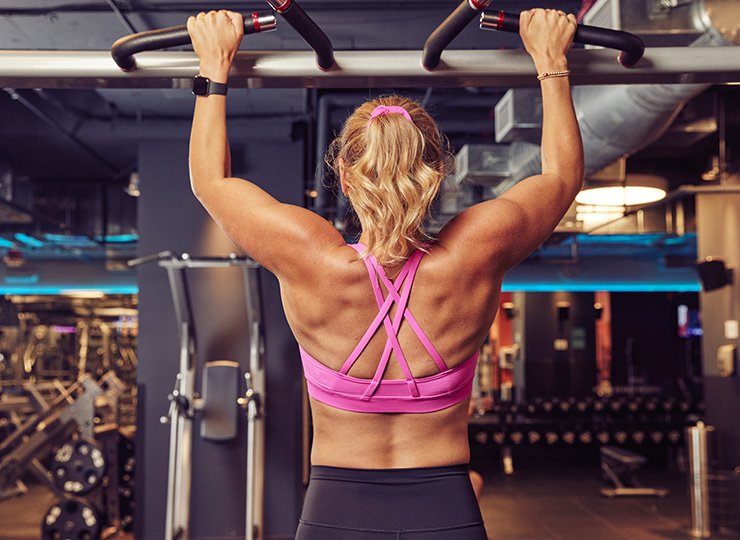
When it comes to getting stronger, losing fat, and building lean muscle, a full-body routine can be one of the most effective approaches.
Unlike body splits that isolate specific muscle groups, full-body workouts train your body in a single session, offering unique advantages in both results and convenience.
Higher Training Frequency
One of the biggest benefits of a full-body workout routine is the ability to hit multiple muscle groups more than once per week. Research in the Journal of Strength and Conditioning Research shows that training each muscle group two to three times weekly leads to greater muscle growth compared to only once a week.
For example, instead of waiting seven days to train your chest again, a full body plan lets you add chest presses or push-ups multiple times per week. leading to faster progress.
Convenience and Scheduling
Life gets busy. Work, family, and social commitments can easily throw off your workout plan. With a full body workout program, missing a day doesn’t mean missing an entire muscle group.
For instance, if you train on Monday and Friday, you’ve still worked your chest, back, legs, and shoulders twice that week. This flexibility makes it easier to stay consistent, even if your schedule changes.
Simplicity
A full-body routine is beginner-friendly and straightforward. You don’t need to worry about remembering which day is “arms day” or “leg day.” Instead, you focus on compound exercises, like squats, dumbbell rows, or overhead presses, that work the upper body and lower body together.
This keeps your core engaged, improves movement patterns, and helps you exercise correctly without overcomplicating your body workout plan.
Who Is a Full Body Workout Best For?
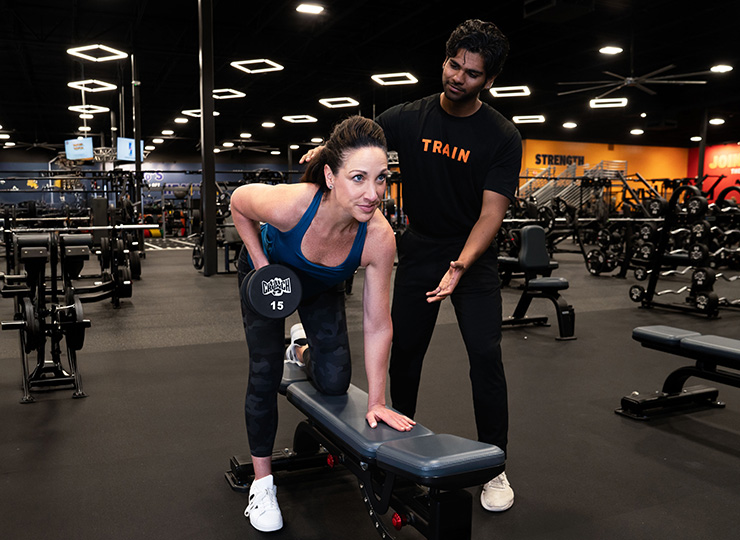
A full-body workout routine can be effective for almost anyone, but certain groups benefit from it the most. While it may not always be the only option, for many people it’s often the best option.
Beginners with any goal
If you’re new to the gym (less than six months of consistent training), a 3-day full-body strength routine is ideal. Why? Training each muscle group multiple times a week accelerates progress in strength, and overall fitness. It also helps you learn proper form, build endurance, and develop volume tolerance.
People short on time
For those who can only train twice per week, a 2-day full-body split is the most efficient option. Hitting all major muscles each session ensures you don’t go too long without training, making it possible to still make steady gains despite a busy schedule.
Athletes or lifters with specific goals
Certain strength, performance, or muscle-building goals require higher frequency training, sometimes three to four times per week. A full-body program makes this possible, allowing more volume and intensity across multiple groups of muscles.
Anyone who simply prefers it
At the end of the day, the best workout routine is the one you’ll stick with. If you enjoy full-body training, that enjoyment fuels consistency, and this drives results.
Reach Your Fitness Goals With Crunch
Crunch promotes a culture of positivity, inclusivity, and fun with no judgments by providing an environment for all individuals regardless of their health and fitness goals. Find a Crunch gym near you to try our free trial membership, or join Crunch now. We’re here for you – at the gym or at home. Access the best live & on-demand workouts anytime, anywhere with Crunch+. Ready to get sweaty? Try hundreds of workouts for free! Start your free trial now!
FAQ’s
How Long Should A Full Body Strength Workout Take?
Most full body strength workouts last 45–60 minutes, depending on your fitness level and number of exercises.
Can I Do a Full Body Workout Every Day?
It’s best to train 3–4 times a week. Your muscles need rest to recover and grow stronger, so daily sessions aren’t recommended.
Is A Full Body Strength Routine Better Than Split Workouts?
Full body routines are great for beginners, fat loss, and overall strength. Splits are better for targeting specific muscles or advanced goals.
Do I Need Equipment For An Effective Full Body Strength Routine?
Not necessarily. You can build strength and target multiple muscle groups using just Bodyweight moves. Adding simple tools, such as resistance bands or a pair of dumbbells, provides extra variety and challenge as you progress.
Crunch Fitness opens the door to even greater possibilities. From barbells and kettlebells to machines and cables, this variety helps you continually push past plateaus, customize your workout plan, and support long-term fitness goals.
How Quickly Can I See Results From A Full Body Strength Routine?
With consistency, many people notice strength and endurance improvements in 4–6 weeks, along with better energy and muscle tone.











